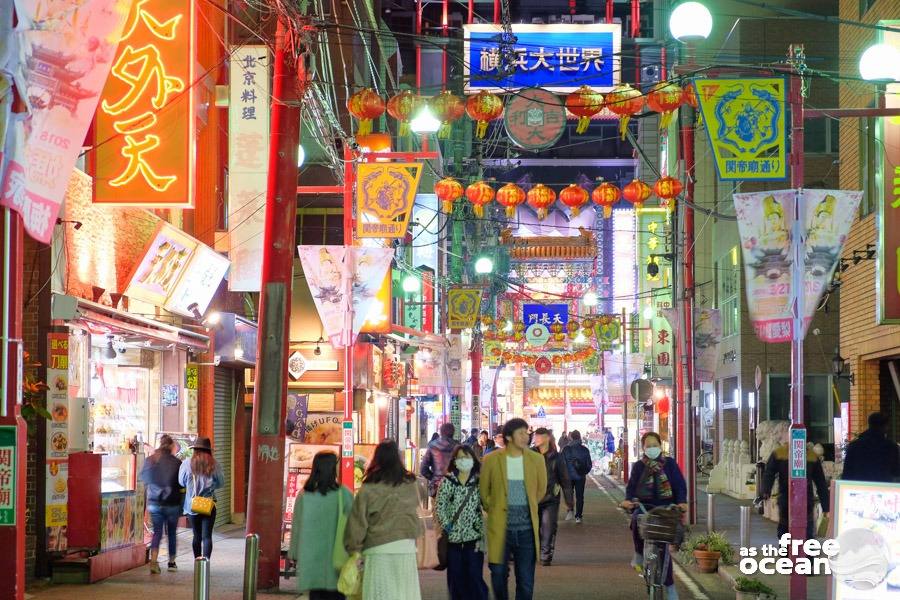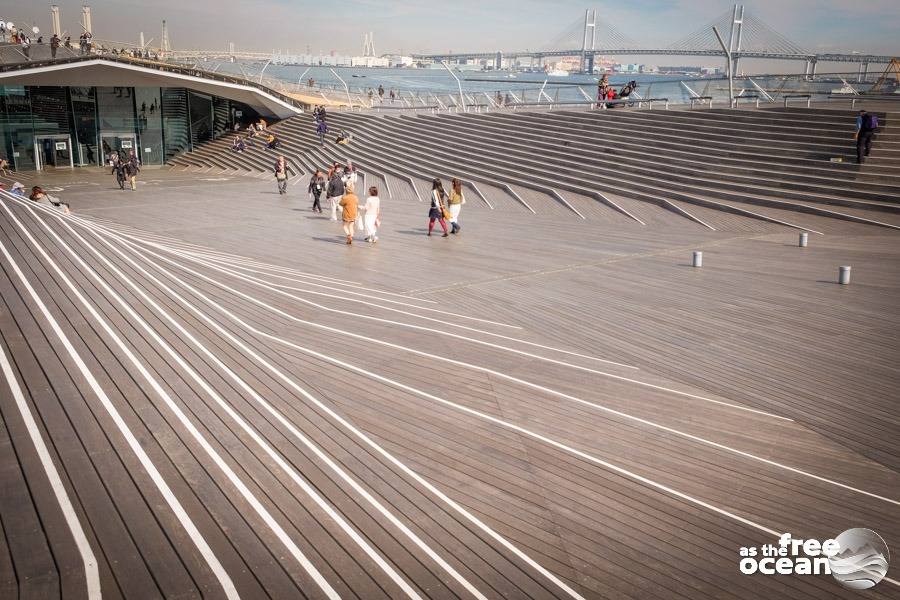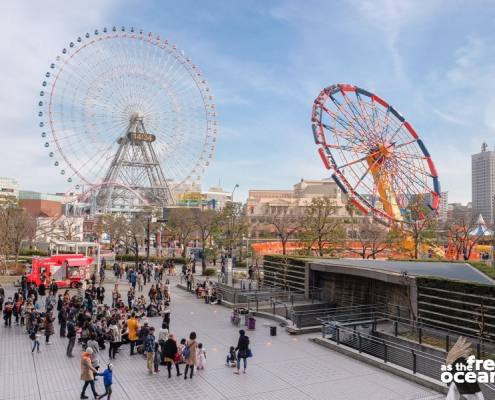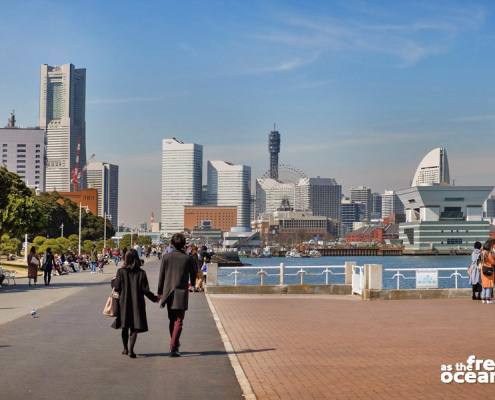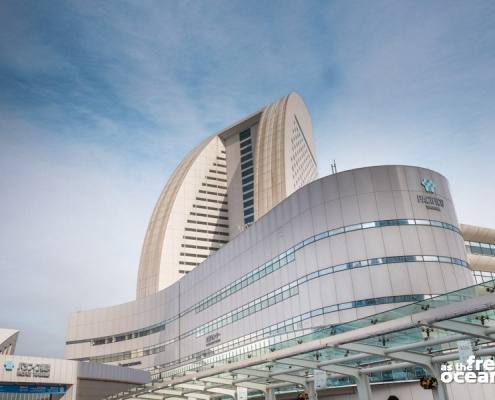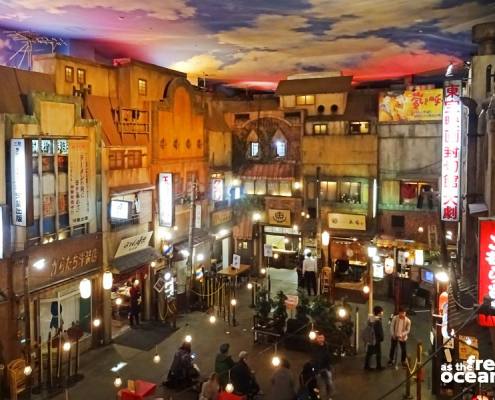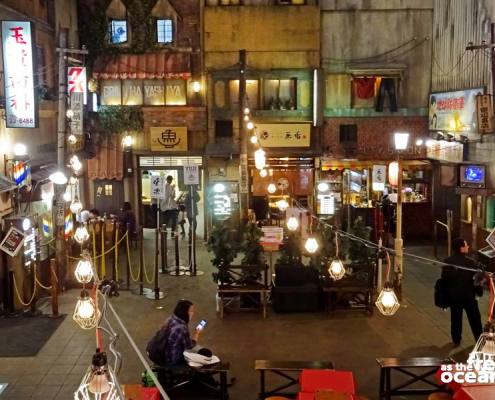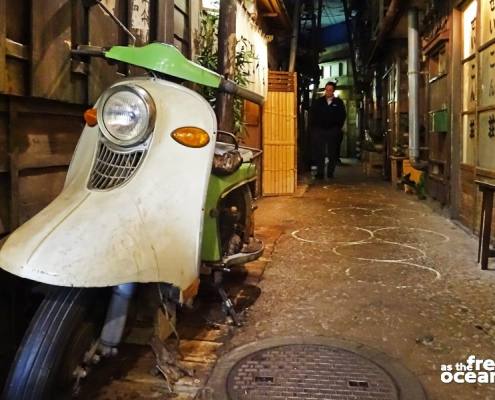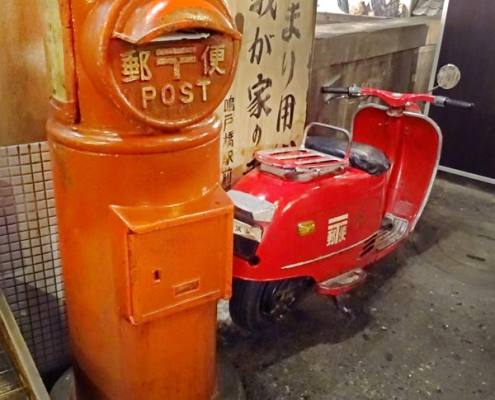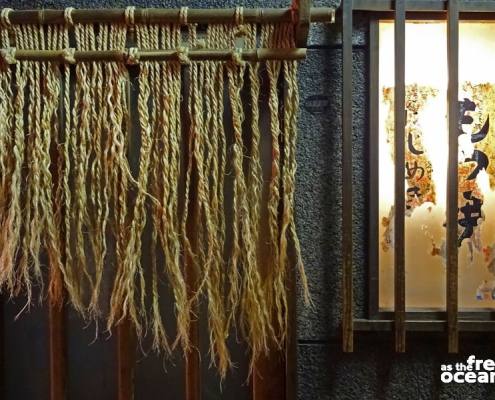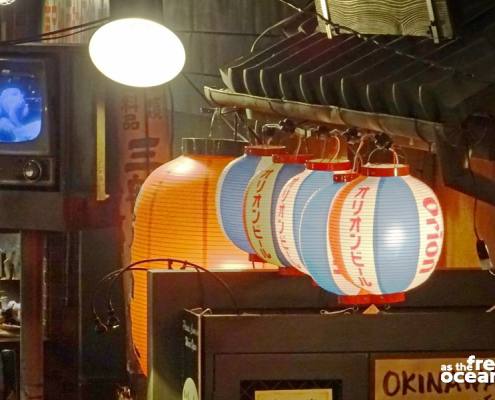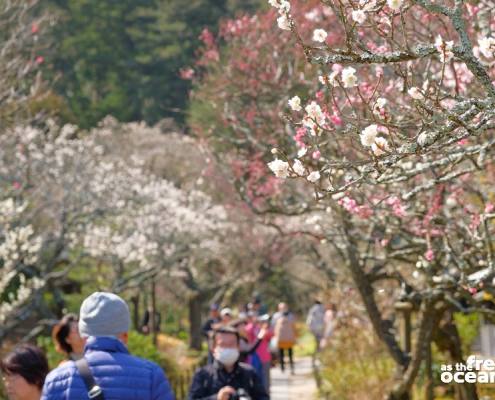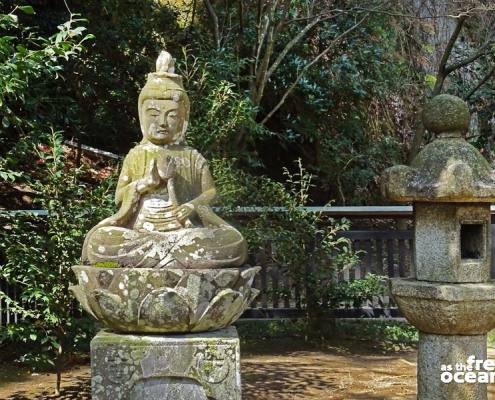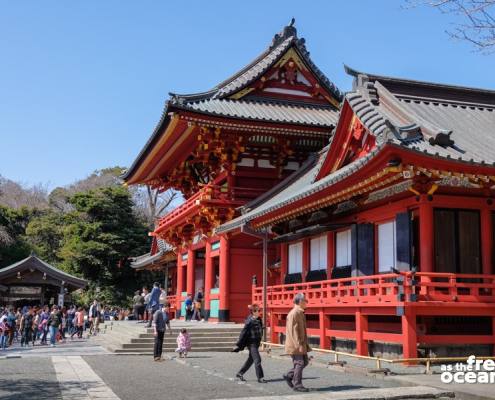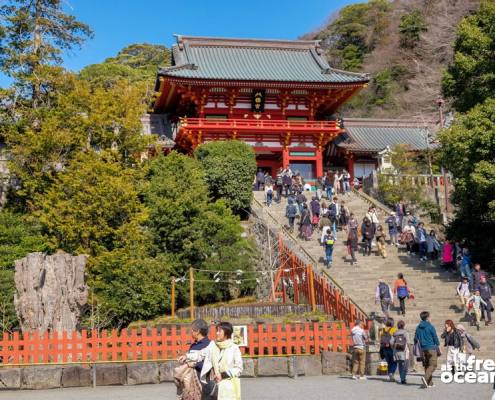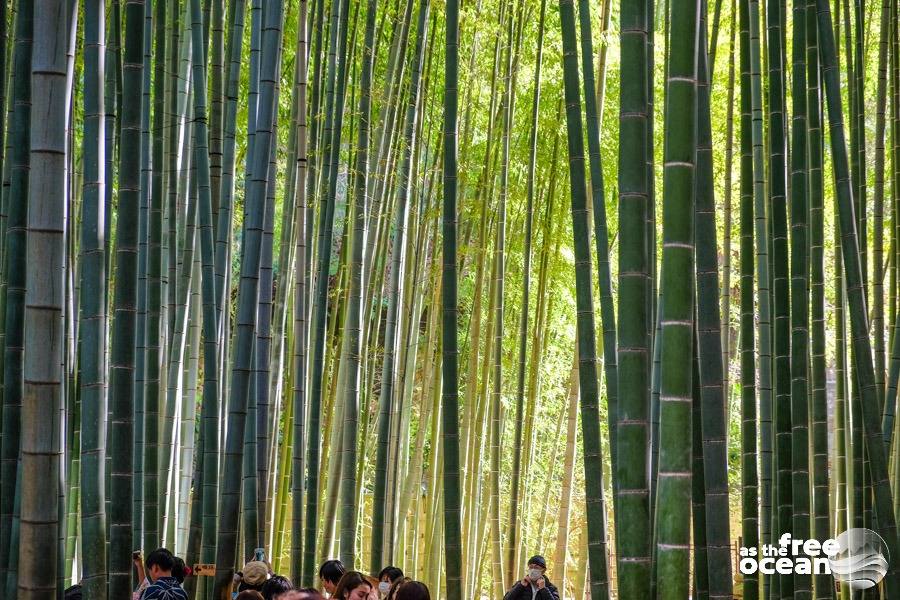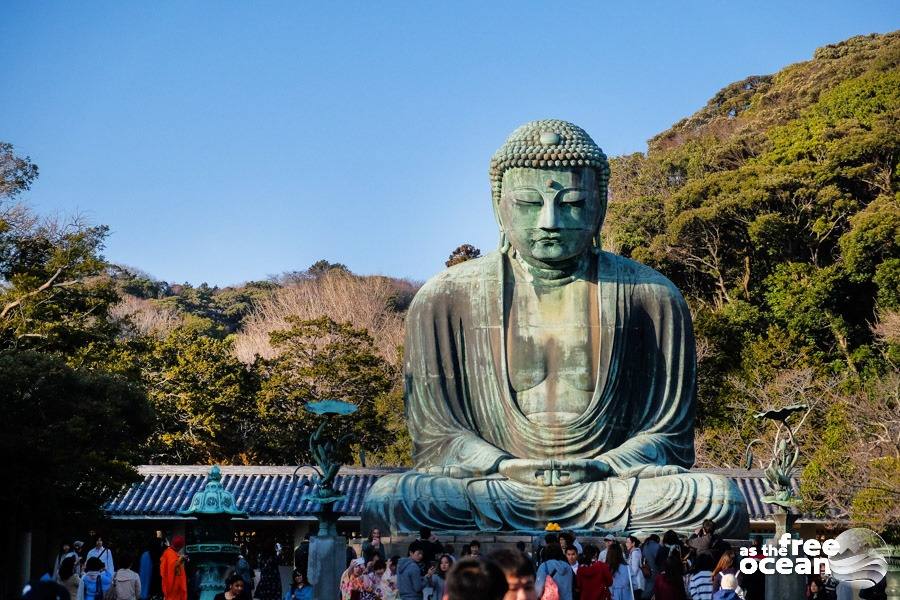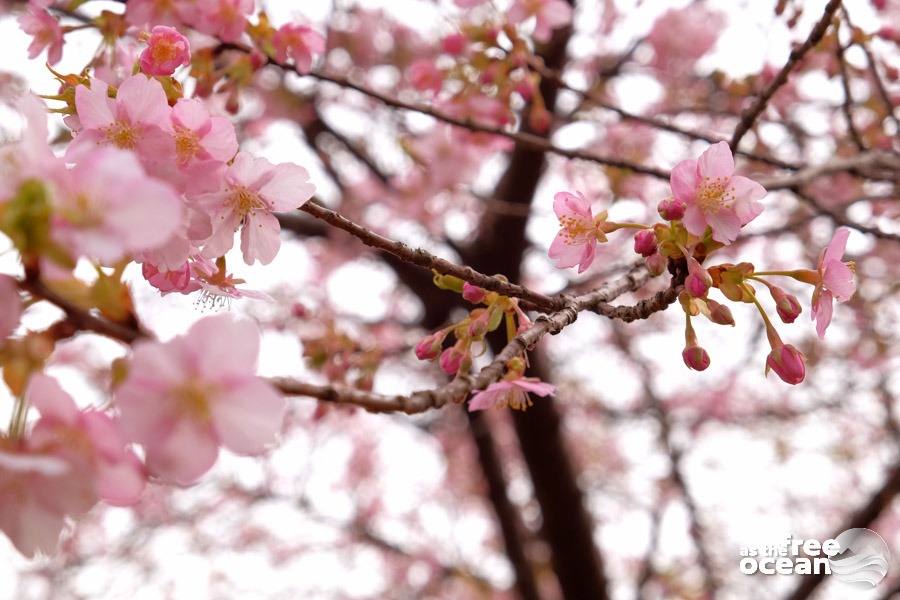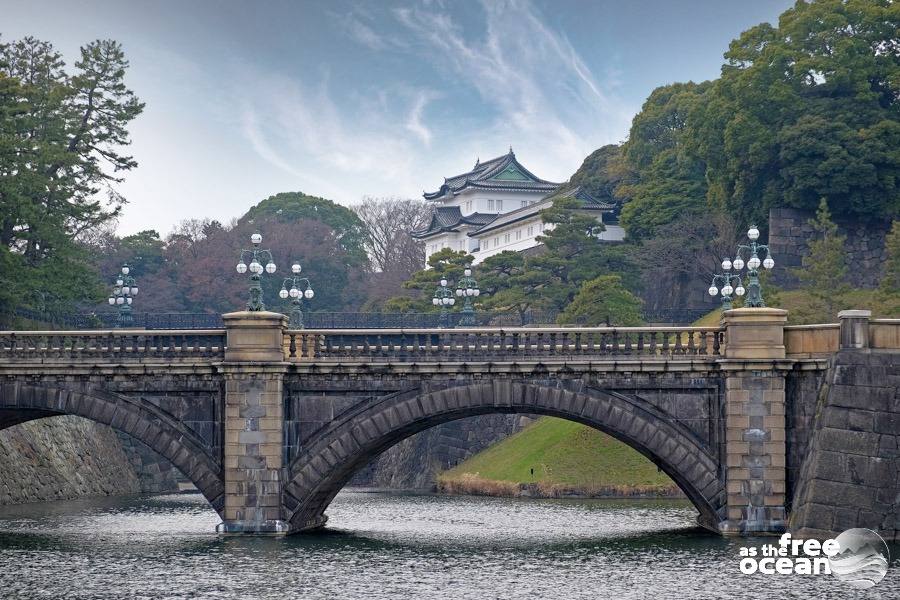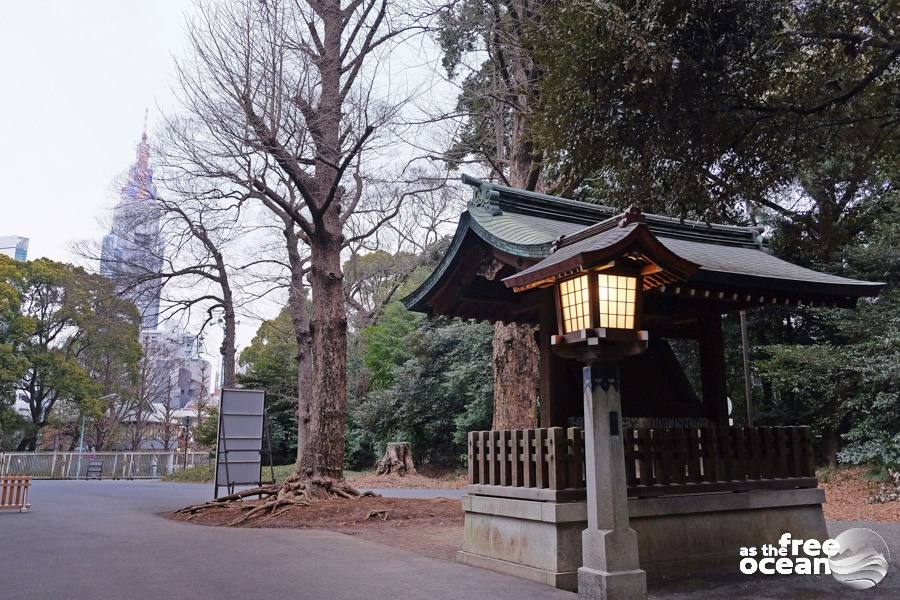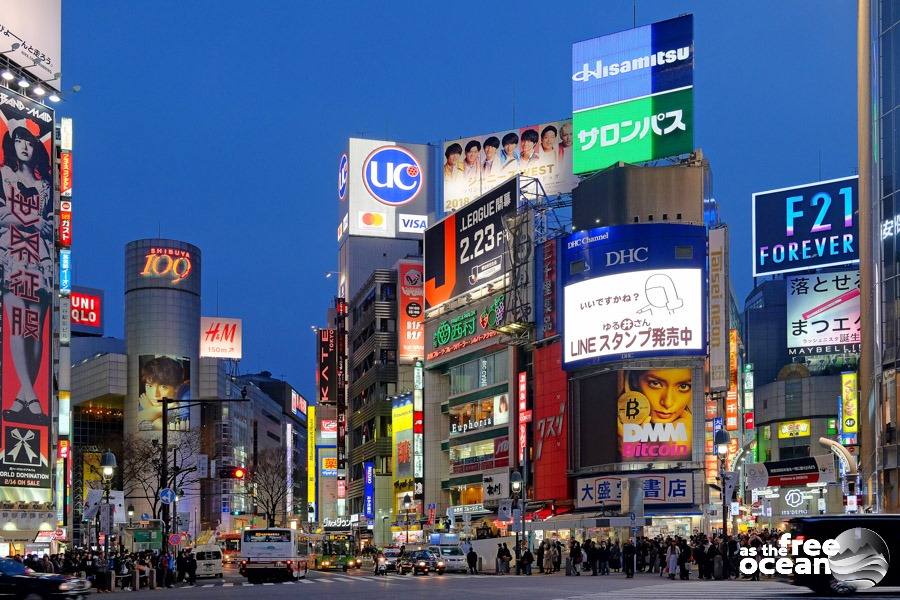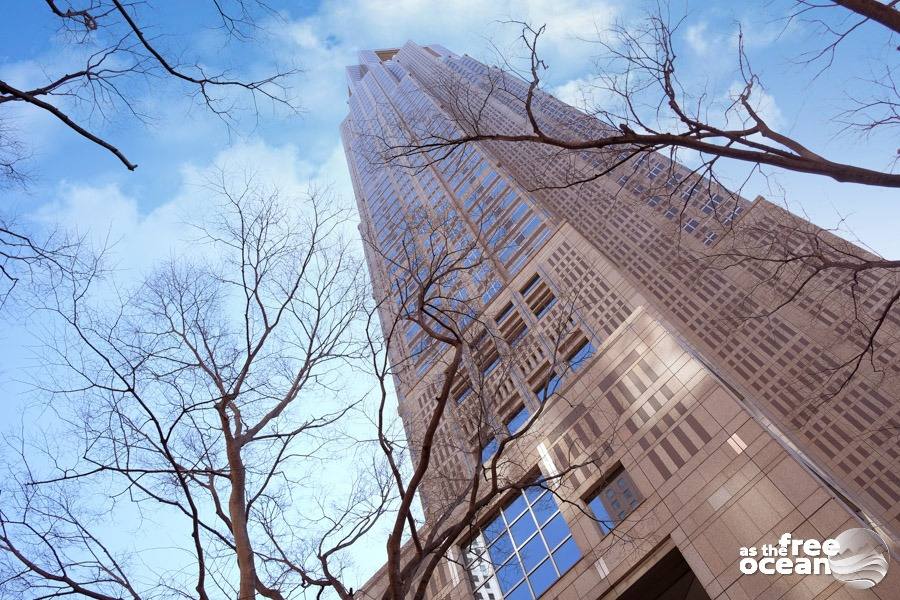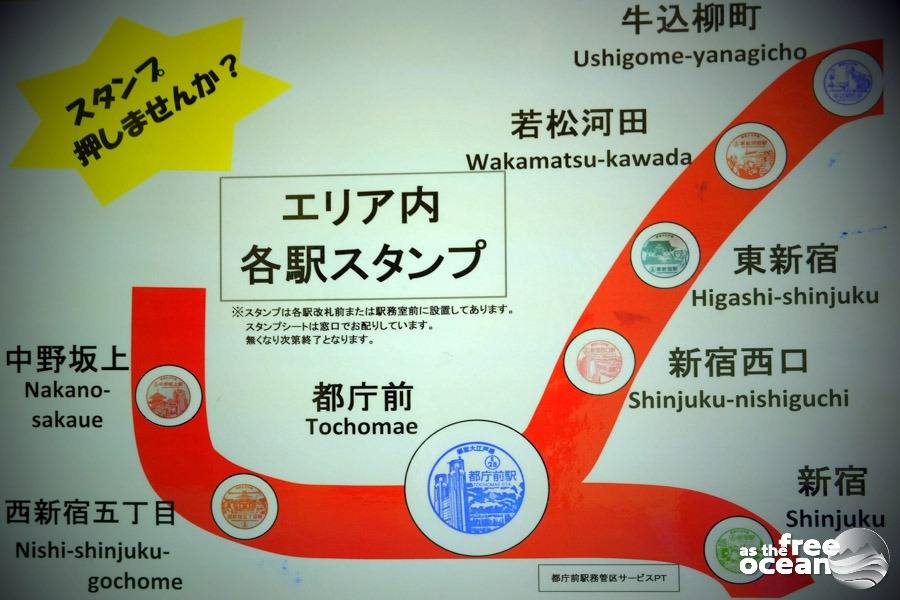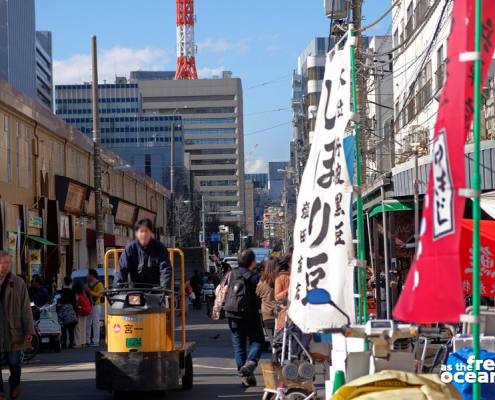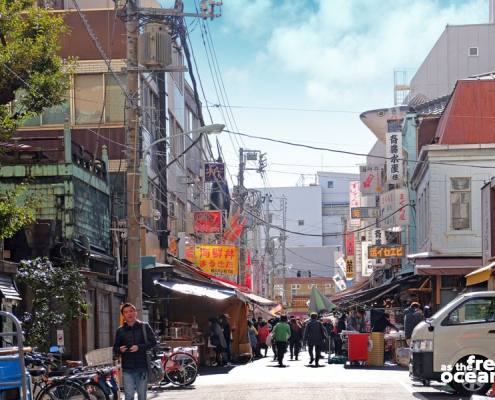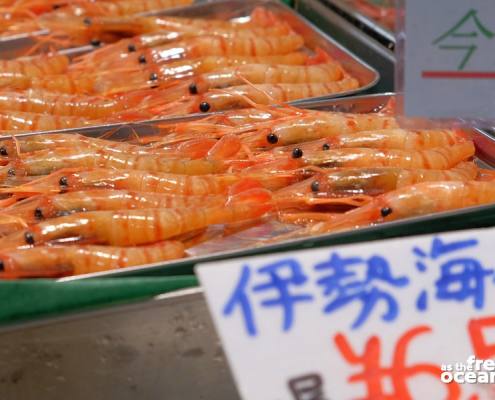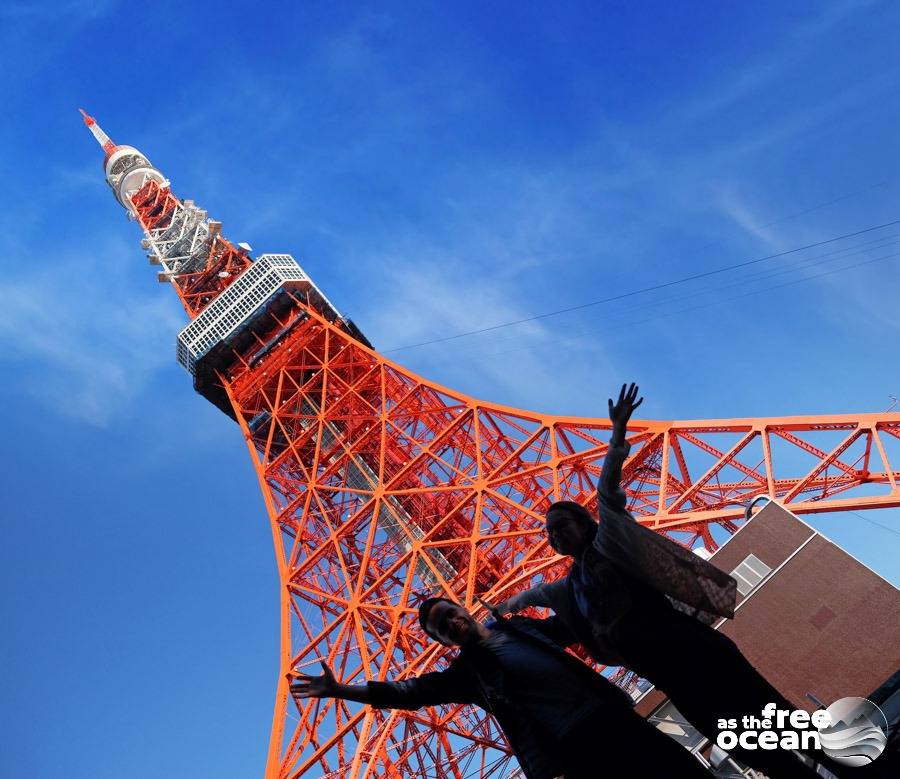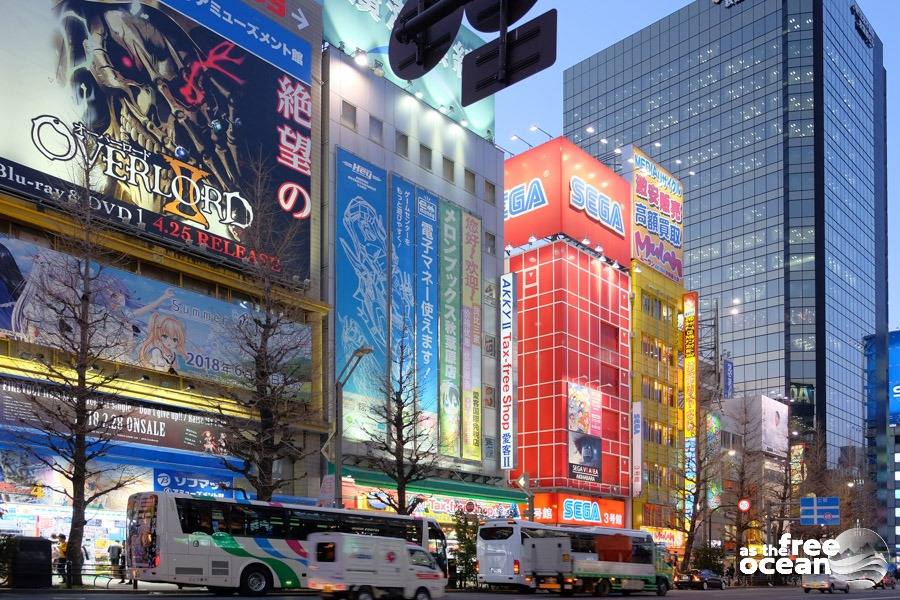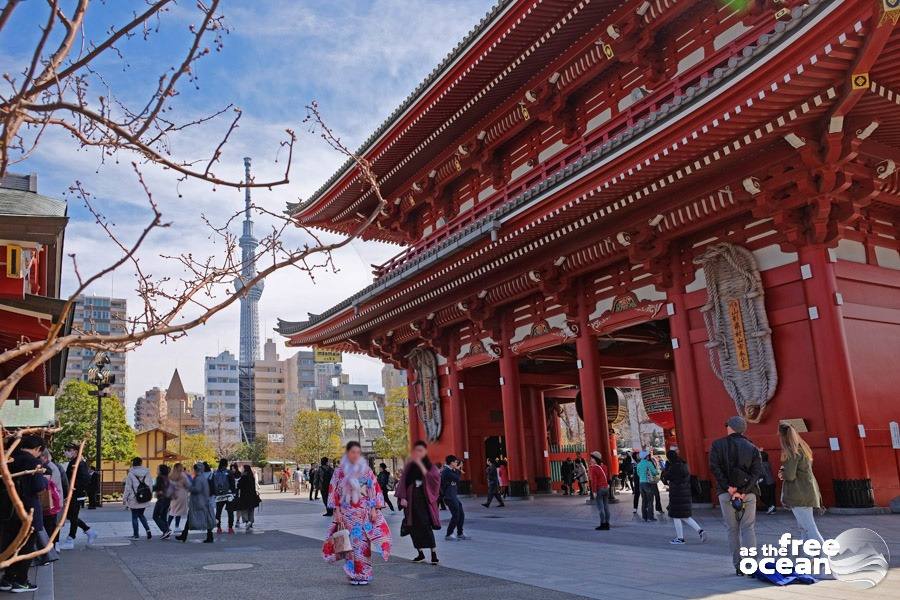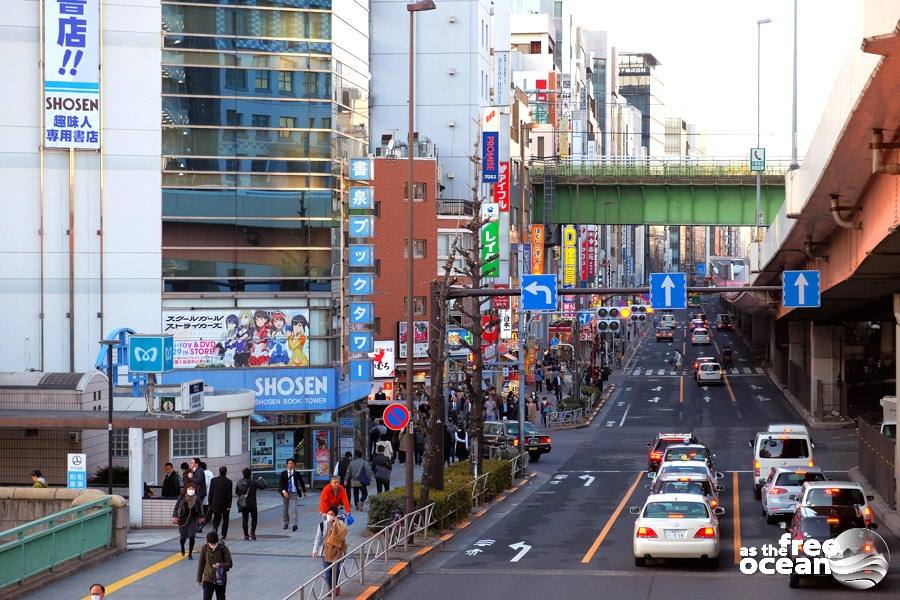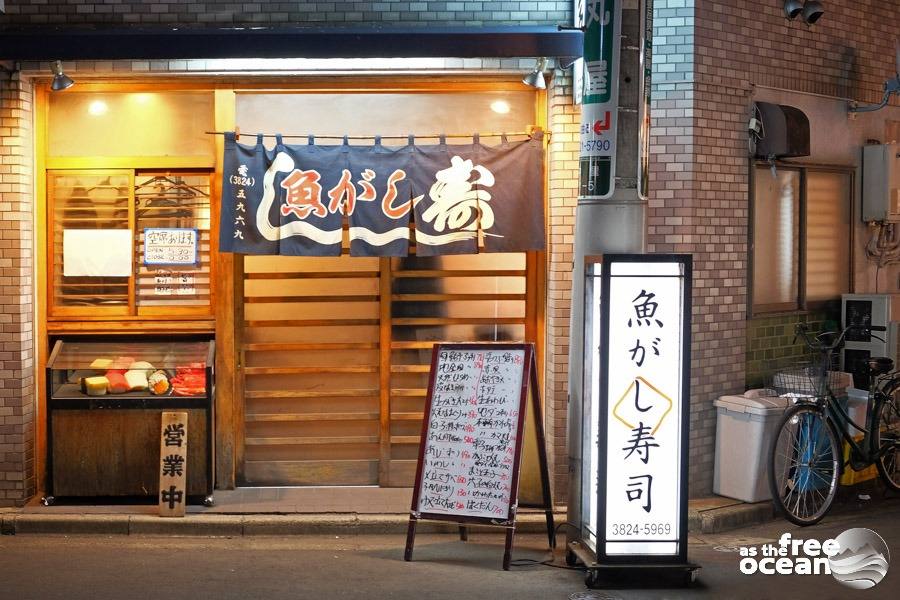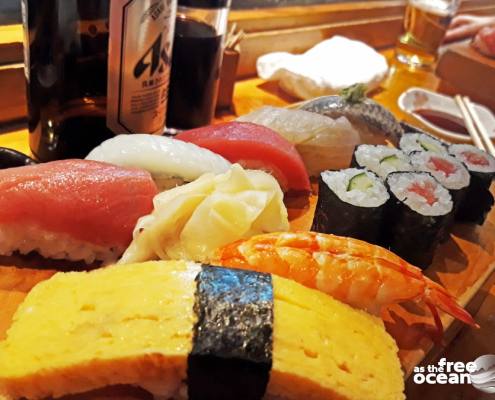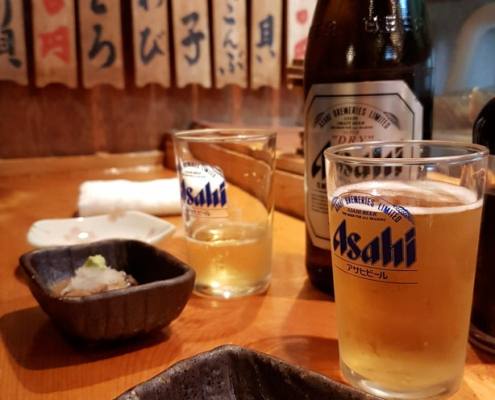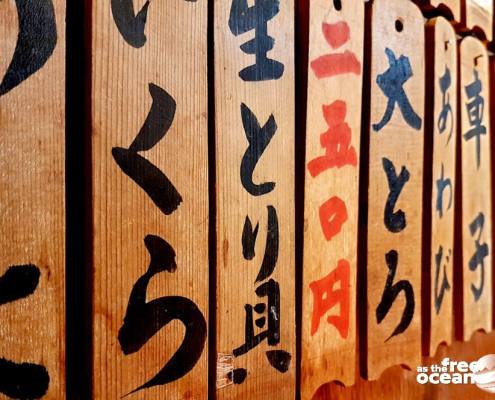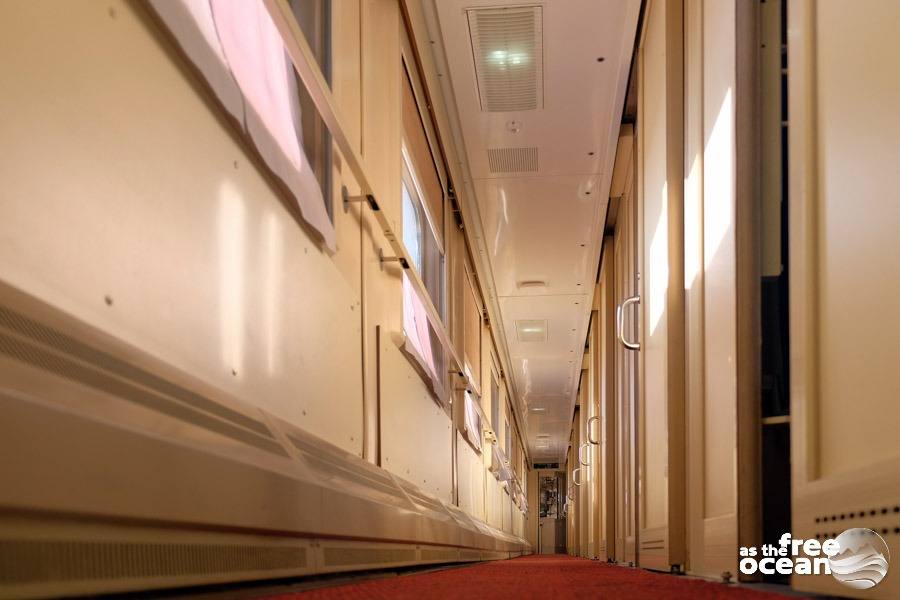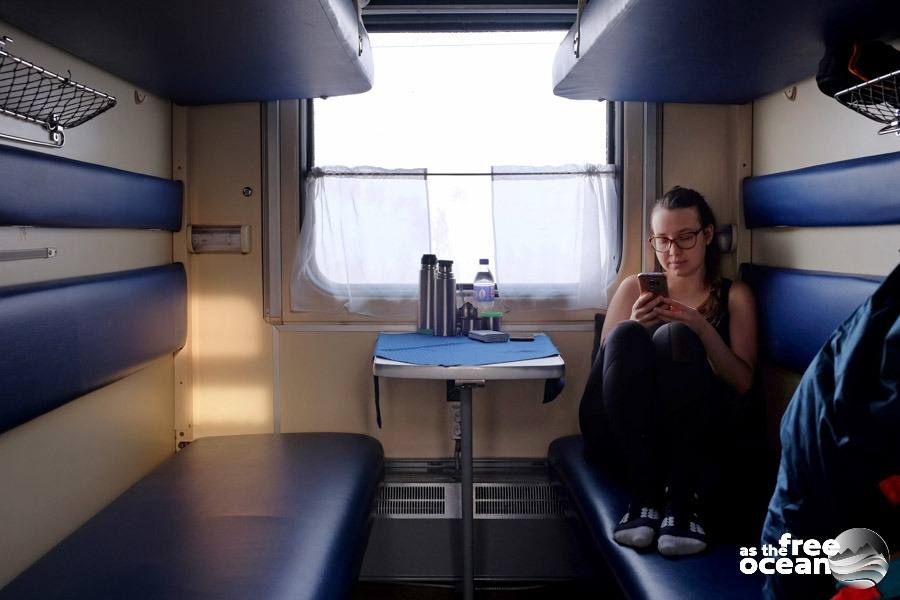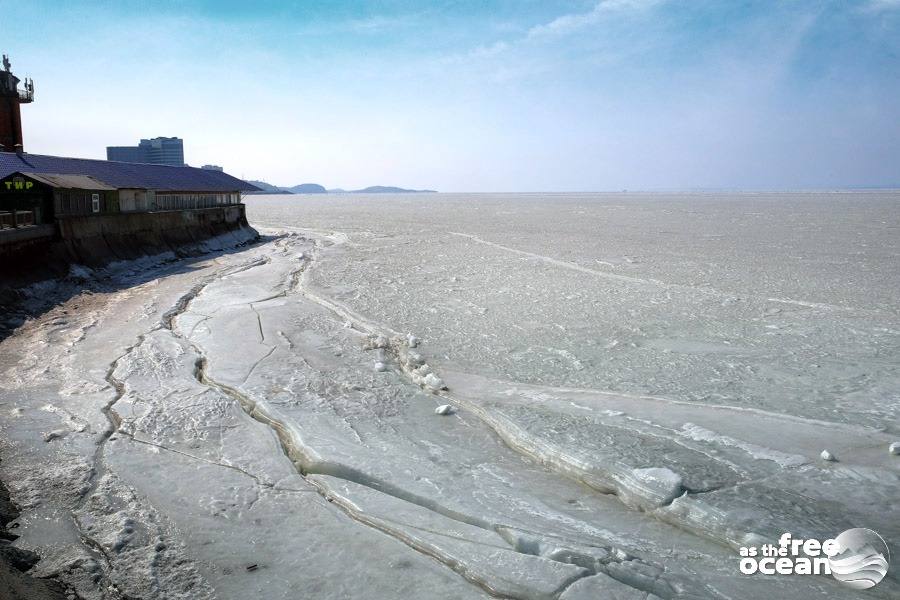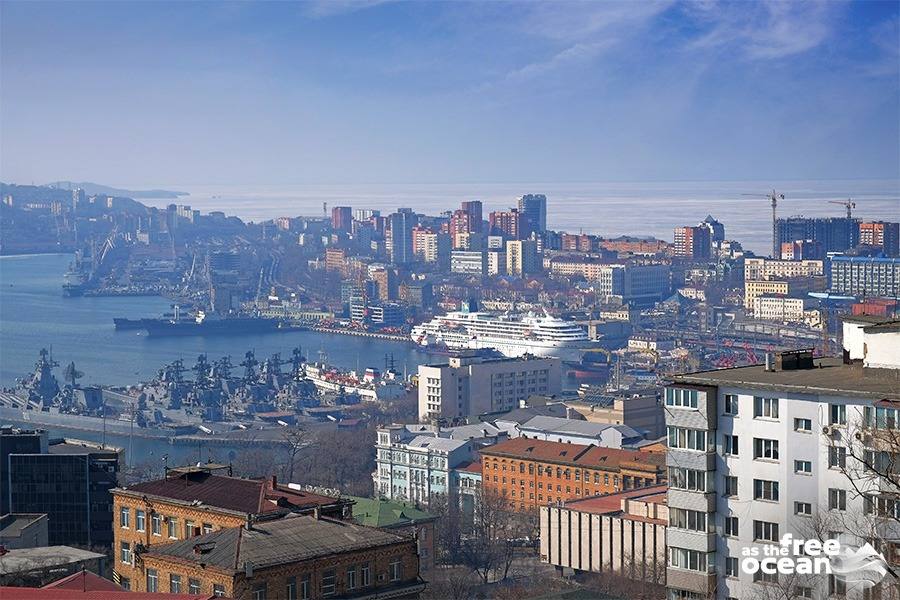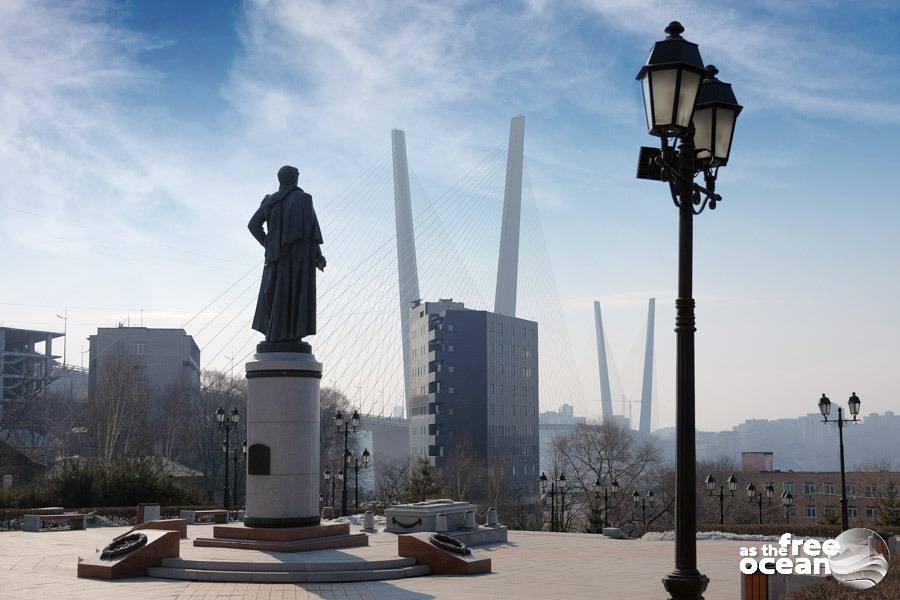Hakone is placed in the mountain area, offering easy access to one of the five lakes surrounding Mount Fuji and a spectacular view of Japan’s most iconic mountain in days with a clear sky.
From Hadano we took the train to Odawara, and changed there for the Hakone-Yumoto station, from where a small bus took us to Tenzan Onsen for a fare of 100 yen.
Onsens are Japanese natural hot springs widely spread across Japan, due to it being a volcanically active country. When visiting an Onsen you will get acquainted with two names, depending on the place you are planning to visit: Rotenburo (the outdoor hot spring and the best option to choose if you ask us) and Sento (the indoor public bathhouse that is supplied by ordinary heated water).
The Onen is one of the “must-do” things to experience in Japan if the people here and the delicious food did not convince you already to fall in love with this country.
There are a few etiquette related details that you need to know before visiting the hot springs:
- It is not a place for shy people. Why? Well, there are no clothes allowed inside. You will find lockers where you can deposit your stuff and after wearing just your birthday suit, you will need to head to the showers before entering the hot waters. Don’t skip the shower! It is common in Japan that people always clean themselves under the shower before soaking in the bath, even in the privacy of their home, so seeing someone not doing it, especially in public baths, is considered pretty gross.
- Try to keep your head above the water and, if your hair is long, wrap it in a small towel. Nobody likes to take a bath while being surrounded by other people’s hair.
- No tattoos are allowed. There is a strict rule against tattoos, as wearing them is related to members of organized crime groups. But if you have one and it isn’t very visible, you might still be allowed to enter.
- Onsens are quiet places. Don’t make noise inside and refrain from speaking aloud.
Inside an Onsen you will probably find restaurants, coffee places and a space where you can enjoy a relaxing massage. If none of these is desired, there is usually space where people can just lay down and relax after the bath. Some people even sleep there.
After visiting the Onsen we decided to benefit from the good weather and take the next bus to Lake Ashi. The ride to the lake was more expensive than the one to the Onsen but totally worth it. The lake is beautiful and offers an easy trek around it. For those who want to explore the surroundings in a more touristic way, there is the option to sail on the lake for 30 minutes and after take the cable car to the top of the nearby mountain from where they can admire a splendid view of Mount Fuji.
We decided to go trekking and visit the Shrine next to the lake. For visitors with less time for stopovers we recommend grabbing a snack and a (surprisingly good) coffee at the 7Eleven in the bus station.
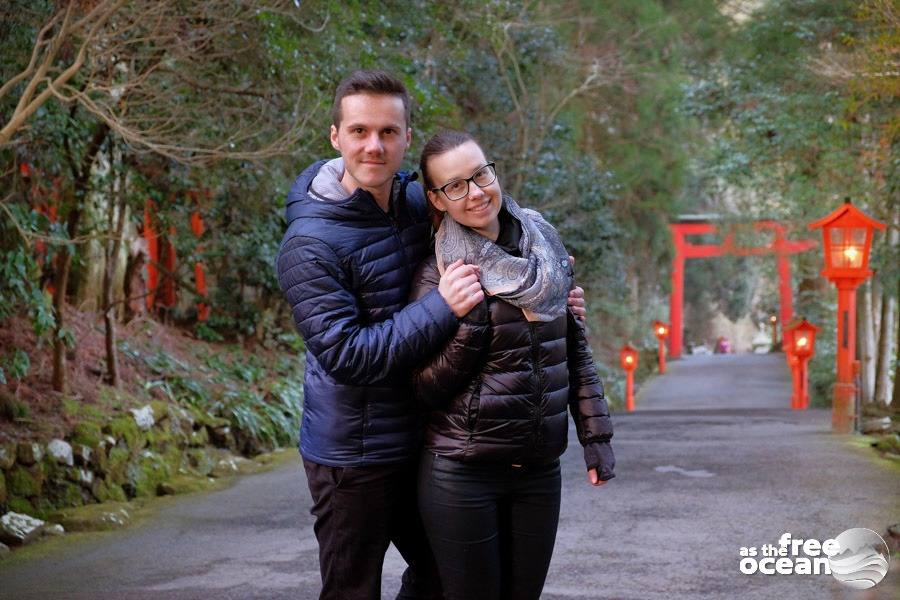
We returned from the Shrine exactly when the sun was going down and so we could witness one of the most beautiful sunsets we experienced in Japan, revealing the shape of Mount Fuji in the background and a mystic and quiet atmosphere.
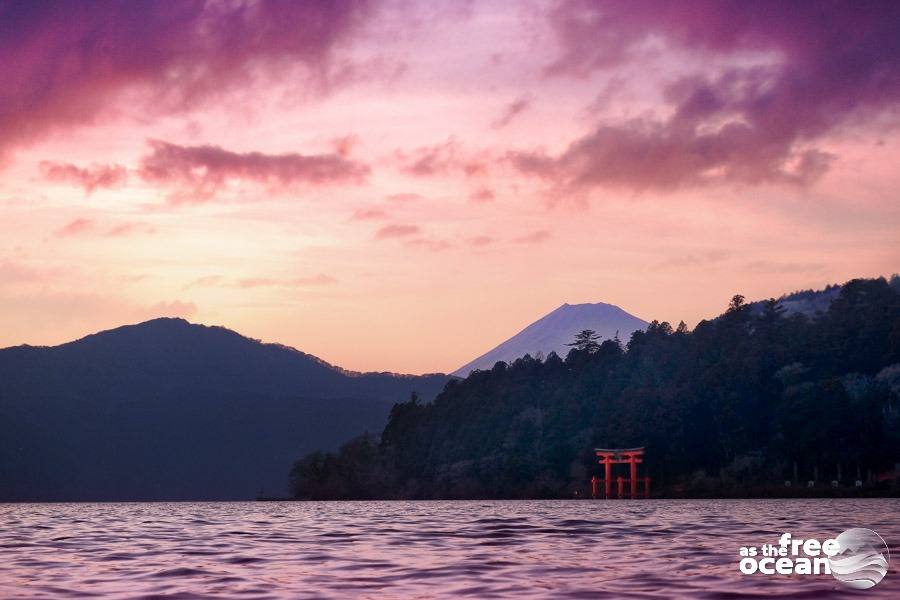
One hour-long ride with the bus (we paid 1200 Yen for one ticket) took us directly to the Odawara station, from where we took the train back to Hadano.
Ashi is just one of the five lakes that are best rated for enjoying a spectacular view of Mount Fuji and, combined with the visit at one of the Onsens, we can promise it will become an unforgettable experience.
Click here for more pictures.

